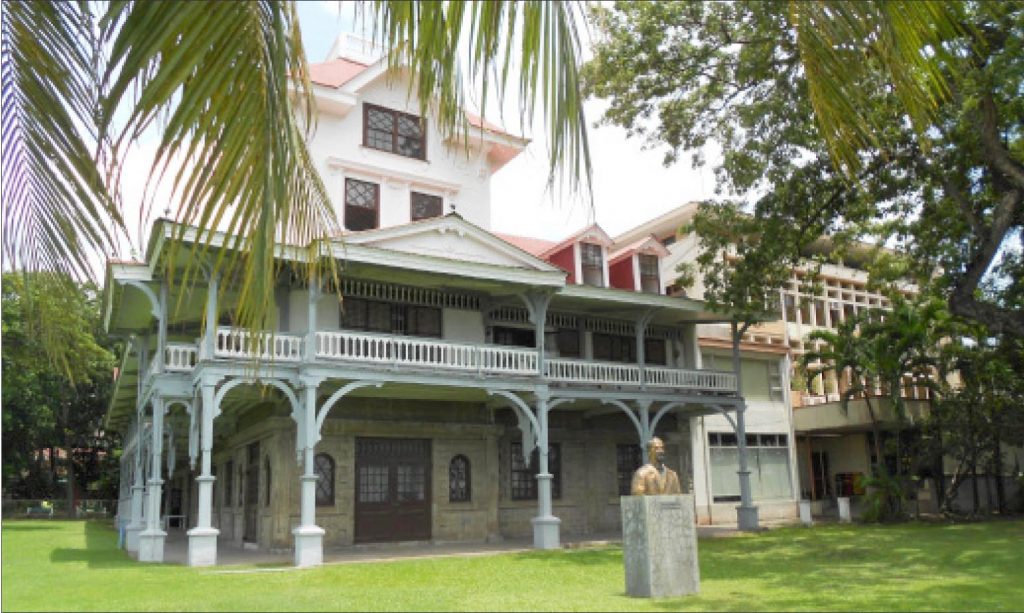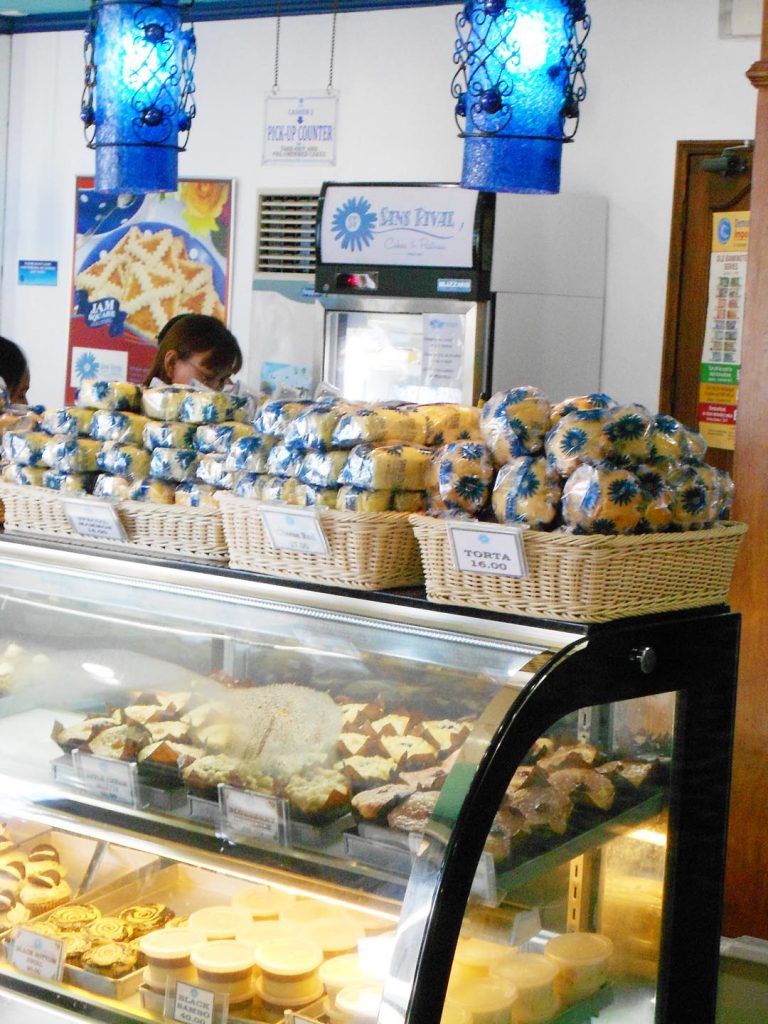Dumaguete City, the capital of Negros Oriental, is also the province’s principal seaport and its most populous and largest city. The 2015 census showed a population of 131,377. Referred to as a university city, Dumaguete owes its repute largely to Silliman University, the first Philippine university outside of Manila. Founded in 1901, it is also the first Protestant school in the city as well as the oldest American-established university in Asia.

The Philippine Organic Act of 1902 and the Jones Law of 1916 allowed the transition of the Spanish administration to the American regime. The first two governors of Negros Oriental – Demetrio Larena, 1901-1906; Hermenigildo Villanueva, 1906-1910 – invested in education in order to improve the social and economic situation of the province. They worked on having a university set up in Dumaguete.
The preference for Dumaguete rather than the bigger cities of Cebu, Bacolod or Zamboanga is attributed to the presence of American Protestant missionaries in the province. Foremost are the American couple Drs. Hubert and Harriet Reynolds, well-remembered for their pioneering ethnographic researches which established a name for the Department of Anthropology and Sociology in Silliman University.

As early as 1902, there were already 51 public schools in Negros Oriental and a high school in Dumaguete. Roads were built to link the different cities, mostly situated along the coast of the island. During the American period, the province experienced unprecedented economic growth, largely due to the boom of the sugar industry in Negros starting 1925.
Several family dynasties dominated the sugar industry in the island, like the Montenegro family. The family companies are found in Bais, north of Dumaguete. Due to the mortgages contracted by the small farmers, they were able to progressively expand their haciendas. The land situation has not evolved much since then, and many farmers were forced to migrate to the big cities or go abroad.
Part of sugarlandia
Sugarcane planting is a main feature of the Negros island landscape, except in the interior, where mountainous terrain dominates. The planting cycle dictates the growers’ lifestyle – time is divided between work in the plantation and residence in the city after planting season.
Dumaguete City’s layout was largely influenced by the sugar planters and their construction of “mansions” along the seafront (Rizal Boulevard). These were full-blown sugar haciendas, but today, only remnants can be seen: gardens have been greatly reduced to make way for many other structures such as residential and commercial buildings.

A few magnificent estates still exist in the southern part of the city. Unlike other port cities such as Cebu, it is not the market place that is near the seafront and the port, but the planters’ houses that adjoin them. The market place is set back from the seafront, a spacious area positioned between the district of the ilustrados and that of the indios.
The university and the provincial government building are found in this spacious area. It should be noted that the city of Dumaguete followed urban planning, as can be seen through its geometrical layout. The urban fabric now includes in its continuity the neighboring towns towards the north (Sibulan, where the airport is situated) and the south (with extension of malls in this part).
Transportation hub of the Visayas
The name of the city originates from the Visayan word dagit, meaning “to snatch,” and the word dumaguet, meaning “to swoop.” It was coined because of the frequent attacks of Muslim pirates on the coastal towns. The watchtower is one of the oldest structures built to protect the city.
In 1572, Diego Lopez called the city “Dananga” (other source: Dananguet), and in 1734 Jesuit cartographer Murillo Velarde named it “Dumaguete.” Others would say “Dumaguit.” The city was officially founded in 1620.
An outcome of the sugar planting activity is the rapid sea transport development. Several planters actually integrated the transport component in the development of their plantation.
An example is Joaquin Montenegro y Mascato who, at the end of the 19th century, owned a 500-hectare hacienda in the area of Bais. He purchased a steam boat (vaporcito) so he could carry the sugar to Iloilo in Panay island, the biggest commercial port at that time in that part of the Visayas. He had a port built in Cambuilao in Bais for his vaporcitos.

At the same time, a railroad line circled the island which made transport of sugar to the ports possible. The lack of roads directed part of the economic activities towards sea transportation. While some people left the island because they had no land, migrants came to the island from neighboring islands to work in the plantations. Tobacco planting developed a bit at the turn of the 19th century.
In the Visayas, the port of Dumaguete is the second busiest after Cebu. The port is part of the nautical highway (as designated by the National Port Authority) that uses the roll-on/roll-off (or RoRo) system as an extension of motorways for all motorized land vehicles.
Just watching for an hour the movement of vessels drawing alongside and leaving the port gives you an idea of how important sea transport for Dumaguete and Negros is. All the national shipping companies serve Dumaguete, whether for cargo or for passenger transportation.
Twenty years ago, passenger ships dominated; but today, the competition with air transport, particularly from Manila, has reduced the number of destinations served, and ferry routes have been reorganized. Such is the case of the Ocean Jet ferry which now stops in Dumaguete along a route from Tagbilaran (Bohol) to Larena (Siquijor) or Cebu. Air transportation reached Dumaguete as early as 1946, first from Manila, then from Cebu. Dumaguete is an arrival hub for tourists making a stopover before proceeding to Siquijor or Bohol.

For a visitor passing by Dumaguete, one surprising thing is the highly visible population of retired Westerners. Besides the Korean community, these retirees come second in number, approximately 5,000 in the city, according to certain estimates.
The Department of Tourism and the Philippine Retirement Authority (which is attached to the DOT) have programs to attract or encourage foreigners, as well as former Filipino citizens, to choose the Philippines as their retirement place via a Special Resident Retiree’s Visa.
The minimum condition is US$20,000 bank deposit and or purchase of real estate. This type of population has a relatively high purchasing power and helps revitalize the local real estate market, contribute to foreign currency reserve through the retirement package, tourism, as well as the increase in domestic consumption of services and goods, as their family members are wont to come over to visit them.
Dumaguete is trying to catch up with Cebu, Iloilo and other nearby destinations as far as providing a more idyllic, peaceful and cleaner environment. The presence of Silliman University helps toward this goal by providing an intellectual environment.
For one, the National Writer’s Workshop in Silliman, now on its 56th year (held last May 9-27), annually attracts tourists and aficionados aside from established and budding writers. — First published in Tulay Fortnightly, Chinese-Filipino Digest 29, no. 7 (September 6-19, 2016): 8-10.
